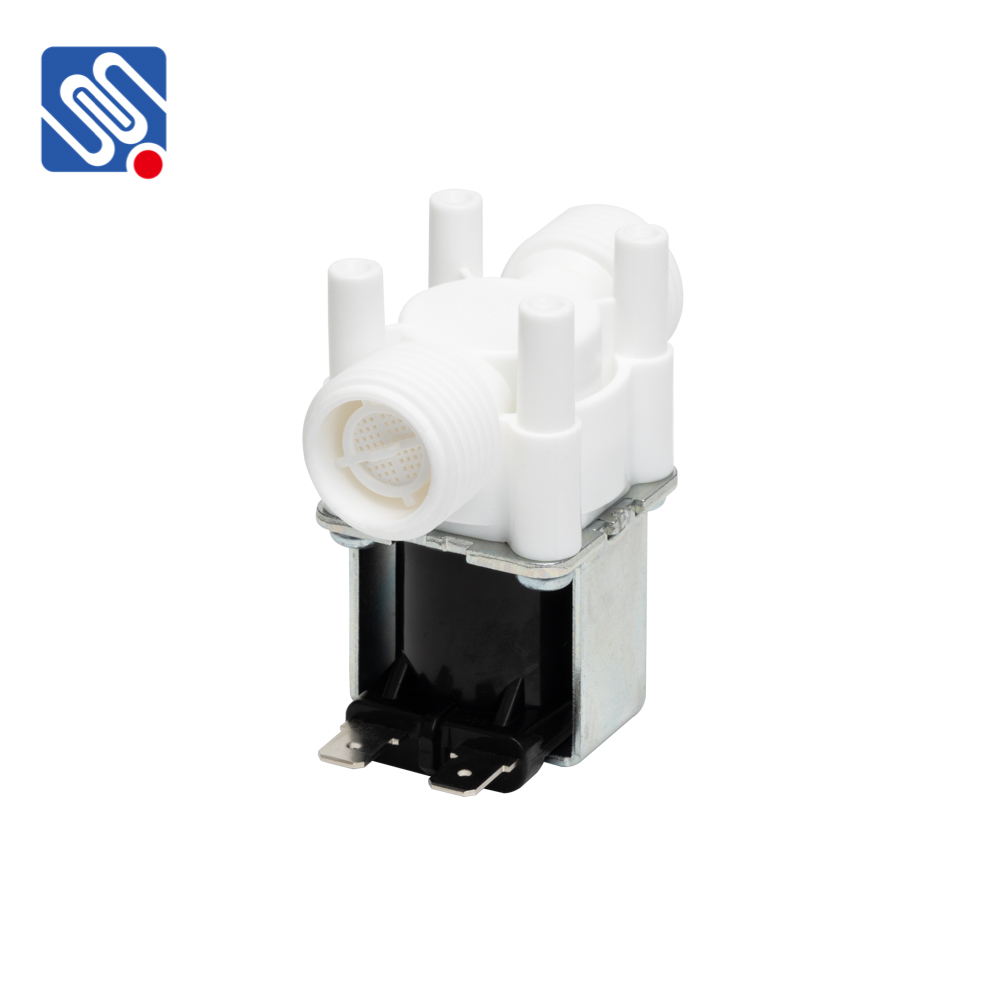In modern building systems, managing water flow efficiently and effectively is crucial. One key component that helps regulate and control water flow in these systems is the Building Water Supply Solenoid Valve. This electrically operated valve plays a significant role in ensuring that water is supplied appropriately to various parts of a building, whether it be for domestic use, irrigation, or even water treatment. The solenoid valve’s function is simple yet essential—it opens and closes to control the flow of water based on electrical signals. In this article, we will explore the design, functionality, and applications of Building Water Supply Solenoid Valves and how they contribute to efficient water management systems.

What is a Building Water Supply Solenoid Valve? A solenoid valve is an electromechanical device used to control the flow of water (or other fluids) within a pipe. It operates through a solenoid coil, which, when energized, creates a magnetic field that either opens or closes the valve. These valves are typically used in automated water systems where precise control over water flow is necessary. In building water supply systems, solenoid valves are used to regulate the supply of water to various points of use within the building, whether it be a sink, shower, irrigation system, or even the main water supply.
Leave a Reply